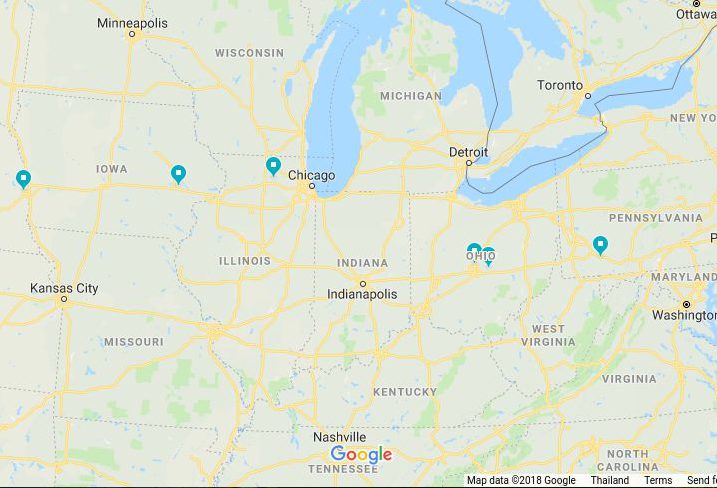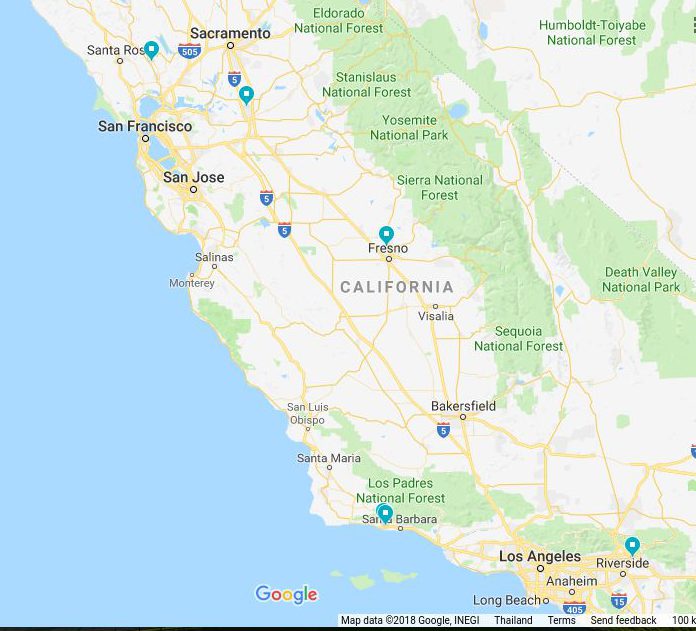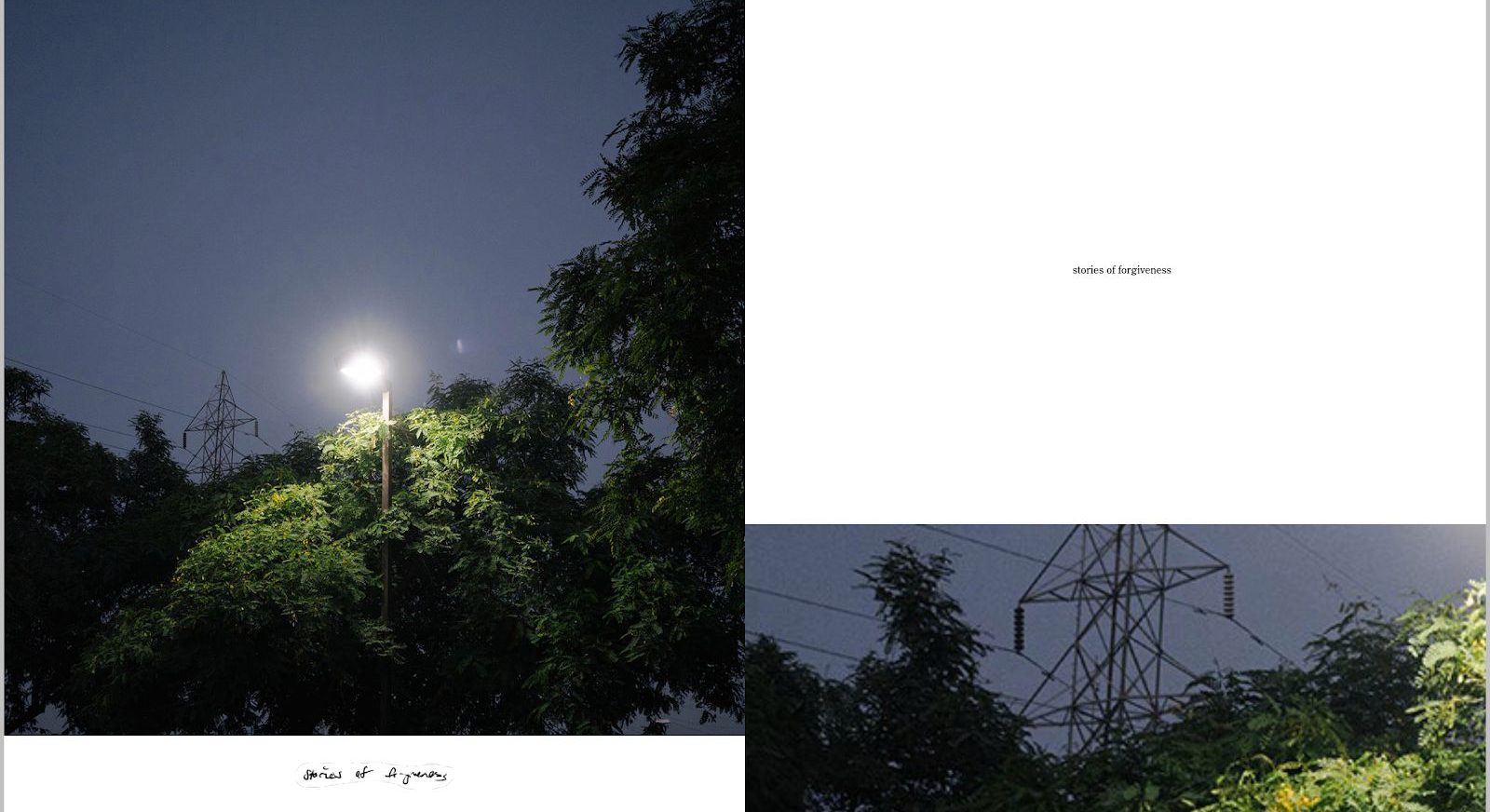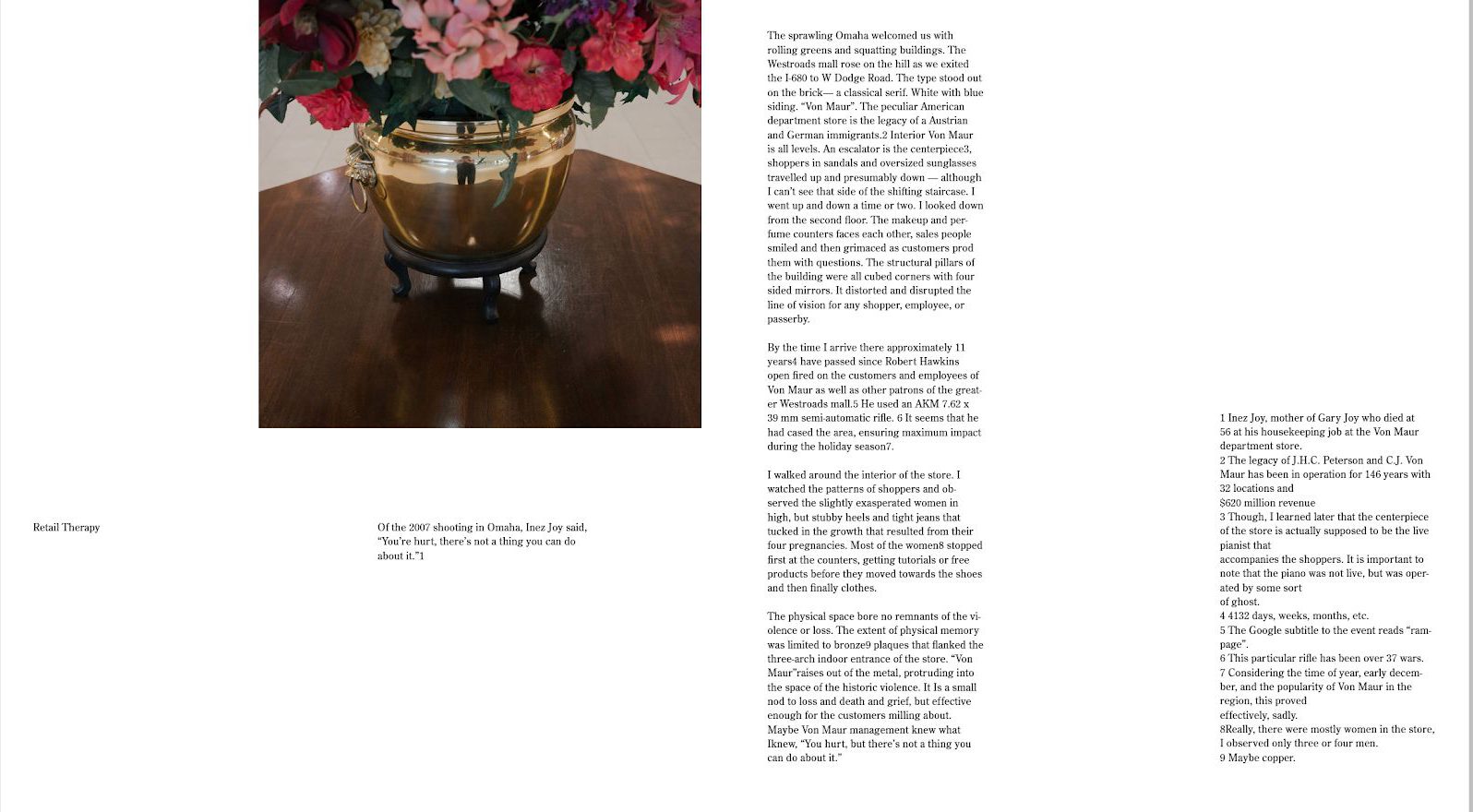Louisa Ballif and Eric Gillett, Department of Design
Introduction
On the subject of gun violence, the United States ranks high above any other country in frequency and fatality. In reaction to these violences, there are usually massive outpourings of support, concern, etc. However, with the rapidity of the current news climate, these events are lost quickly and all but forgotten at times. This project is in part a reaction to the brevity with which these events are covered. The purpose of this project is also to explore the longer lasting effects of mass shootings within the physical space of the violence and the distance with which most of the public views it. There is a great deal of political and activist work occurring on large scales to work through the causes of mass gun violence, however there is a personal effect with which individuals must reckon. Questions of the personal, the spatial, and the communal effects of mass gun violence were the driving forces behind this project.
Methodology
Much of this project has been found in the doing of it. As it has been a project that requires travel into spaces and out of my own, each location I have worked it has revealed a greater part of what this final project will look like. This in addition to sensitive nature of the project left much of the project to be found as the in-field work occurred.
Between December 2017 and March 2018, I conducted a great deal of preliminary research and planning prior to my work in the field. Consulting with Professor Gillett, I was able to focus adjust some of my approached to making the various images.
Locations were determined partially by practicality of travel. I initially intended to travel farther down the East Coast but budgetary constraints kept me from doing so. These locations met the requirements of what generally defines a mass shooting. I used the organization Gun Violence Archive to expand research and sift through news media in order to accumulate background research on each of the locations. I also worked on budgeting, travel logistics, etc. A portion of the budget went to travel expenses, i.e. car rental, fuel, lodging. The bulk of my in-field work occurred from May 2018- August 2018. There were two trips spaced between three months. The first trip was from the greater Denver, Colorado area to New York City, New York. Between Colorado and New York, I stopped at six locations(See figure one). These locations included: Westroads Mall in Omaha, Nebraska; Van Allen Hall at Iowa State University; Northwestern Illinois University; Alrosa Night Club in Columbus, Ohio; Kirkersville, Ohio; Ed’s Car Wash in Melcroft, Pennsylvania.
Three months later, in early August, I travelled through Southern and Northern California and visited six different locations of mass gun violence (see figure three). These locations included: Inland Regional Center in San Bernardino; Van Ness Blvd in Fresno; Lincoln Elementary School in Stockton; Veteran’s Center in Yountville; University of California Santa Barbara; and the Goleta USPS Processing Center.
image one
image two
Results
I made approximately 10,000 images of these various spaces. After finishing field work, I began the editing and writing process. Together with the images, I wrote a number of essays about the experience. Starting in August, I collaborated with design student Ainsley Romero to create a publication entitled “Big Hurt” (see images four & five). The publication is a combination of personal and journalistic essays as well as selected images and notes from my time in the field. The images below are two spreads from this publication.
image three
image four
Discussion
The project was intended to focus on members of these different communities and their experiences in the wake of mass violence. However, the sensitivity of the subject left most potential subjects averse to any interviews or portrait-taking. In reaction to this, I shifted my focus almost wholly to environmental portraits of the locations. This allowed for the focus to shift to not only the lasting effects of mass gun violence on a particular space, but also extended to the ways in which the general public actualizes distant violences.
Conclusion
This publication and its attached show — taking place in February 2019– work around the question of the personalization and individualization of mass gun violence. I found that though the general public has access and awareness of these violences, the distance from which they observe its effects and to some degree its reality has a distorting effect. The images and text born out of this project tease out this distorting effect as seen through my experience in the various locations. It is a grounding of sorts in the actual space and communities in which each of these violences occur. In many of these spaces — both public and private — there is little that echoes of the tragedies other than a few words and plaques. However in the actualization of these spaces as actual places of violence and pain, allows an individual to confront the temporality of mass gun violence, despite their distance from the actual event




